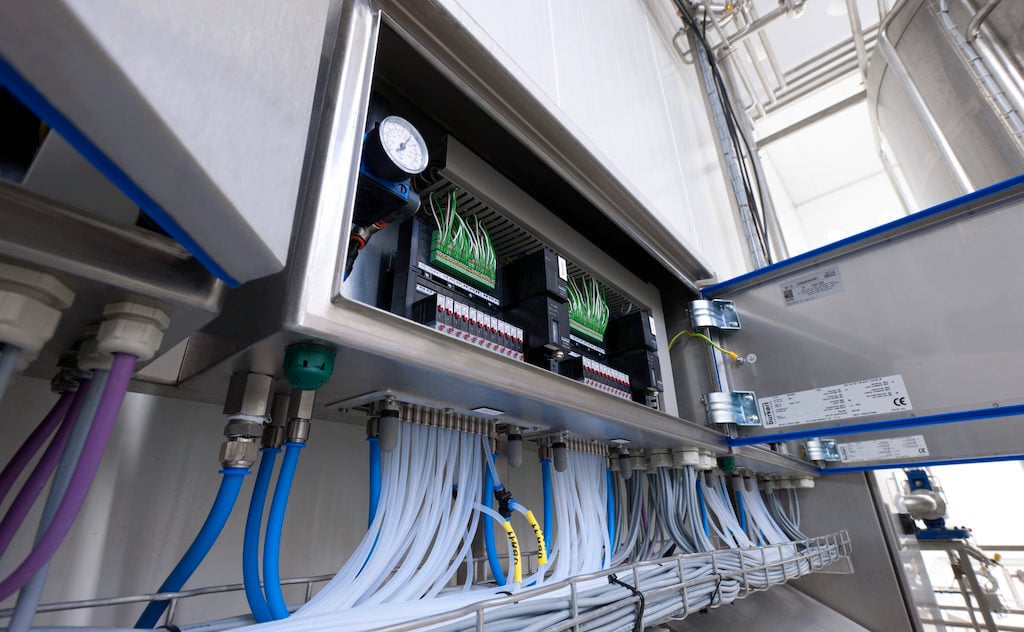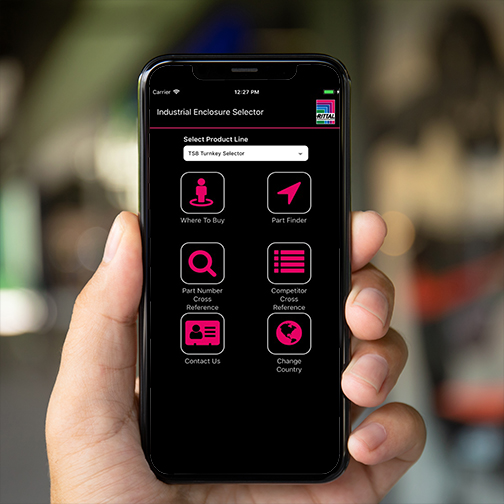
Companionship has been at times scarce during the last 18 months as people confront quarantine or lockdown due to the COVID-19 crisis. To ease the emotional isolation, millions of Americans turned to pet adoption. One recent study suggests that more than 12 million American households brought a new pet into the home during the pandemic.
This surge in pet ownership has of course been coupled with a surge in the production of pet food. According to a recent report from Food Processing titled Safer Pet Food Processing, the pet food market was estimated at $96.9 million in 2020, and that number is projected to grow by at least 5% annually for the next few years.
This explosive growth has surfaced an important conversation about the safety of pet food production, especially in the wake of 43 pet food recalls by the FDA during 2020 and eight major recalls in just the first half of 2021.
With an increased spotlight on the safety of pet food production, so too comes an in-depth conversation about the industrial enclosures, climate control systems, and IT infrastructure pet food producers need to create a contaminant-free production environment. Let’s take a quick walk through where, how, and why your pet food factory needs hygienic design, too.
Combatting contaminants
While wet, canned dog food might jump to mind when you visualize the pet food aisle at your local grocery store, dry dog food is much more prevalent in the pet food industry — in fact, dry dog food accounts for about 70% of annual sales in the United States.
The trouble with dry dog food compared to its canned counterpart is its risk for creating microbiological contamination due to spore and mold formation. According to the Food Processing report, of the 43 pet food recalls in 2020, dry food accounted for 21 of them. Residual flour, dust, and other small particles from dry pet food production are breeding grounds for bacterial reproduction, not to mention the danger of dust and other airborne substances penetrating and damaging the sensitive electronics that help power production processes.
This is where industrial automation equipment that is designed specifically for food and beverage production can not only prevent the ingress of harmful agents but also aid in strenuous cleaning procedures to prevent the buildup of residual ingredients that cause microbiological growth. Rittal’s line of Hygienic Design (HD) enclosures is designed to work in lock-step with high hygienic standards without the risk of damage or corrosion to the enclosure.
Rittal’s HD wallmount enclosures are available in stainless or carbon steel construction and are engineered with a 30° forward slope-top design for easy cleaning and run-off of excess liquids. IP69K rating provides maximum durability and protection for electrical components. Hygienic design terminal boxes and junction boxes have easy-to-clean lock systems and replaceable silicone gaskets designed to withstand aggressive detergents, hot water, and high degrees of water pressure during repeated washdowns.
With larger enclosure applications, the TS 8 combines the strength of unibody floormount enclosures with the flexibility of modular design. Stainless steel construction provides NEMA 4X and IP66 durability and protection, while zinc-plated mounting plates and detachable rear panels allow for application flexibility.
In addition, the new VX SE Free-standing Enclosure System provides the same high degree of protection, durability, and long service life with an innovative, space-saving design to conserve the square footage of your production room floor.
Keep cool and carry on
In any food production facility, there are several steps in production to help eliminate the potential for microbiological contamination. Extruders, thermal equipment, and even UV light machinery can be deployed to sterilize products, and metal removal systems such as magnetic separators and metal detectors are in place to remove instances of metal or magnetic contamination from contact with production equipment.
This equipment runs constantly and as such requires HD climate control systems to maintain optimal operating temperatures of the electronics that drive these mission-critical processes. At the same time, energy consumption and costs are another important pain point that pet food producers must overcome in achieving peak production.
Rittal’s climate control solutions are engineered on an innovative hybrid cooling process. Our Blue e+ line of cooling units can reduce energy costs by up to 75% thanks to a hybrid cooling technology that provides targeted cooling where it’s needed most. Compatible with hygienic design hose-proof hoods for increased protection, the Blue e+ line provides easy integration into existing systems to reduce downtime. Network alerts, remote monitoring, a touchscreen interface, and mobile connectivity make Blue e+ the most dynamic climate control system on the market today.
When it comes to heat exchangers, Rittal’s HD line of air-to-water heat exchangers changes the game in terms of efficiency and cleanability through a 30° angled roof design, water-resistant and joint-free seals, water connection flexibility, and smooth external surfaces to reduce dirt and foreign contaminant buildup.
Automation at work
While much has been made about the manufacturing industry’s labor shortage or lack of skilled workers to facilitate production sequences, the same story is true in the food and beverage space. In the last five years or so, food and beverage producers have placed great emphasis on process automation, Industry 4.0, and IIoT for both their industrial panel and enclosure construction and processes on the production floor.
This is particularly pertinent to the pet food industry in terms of scalability and customization as many pet food producers are struggling to keep up with demand, as well as for a number of large food and beverage producers who are acquiring pet food companies to seize on opportunity in this growing market. Both sectors of the pet food market need the ability to quickly install automation frameworks that enable growth, customization, and integration.
Together with EPLAN, Rittal is revolutionizing the panel design and enclosure construction and modification process to create a holistic industrial network where each step in the manufacturing process works in sync and in communication with the next. The EPLAN Platform with it’s powerful software solutions makes it easier than ever before to create, store, share, and modify electrical and pneumatic control data for the automation system. This software leverages a component part database and digital twin of the control system to ensure that designs exist in a single place.
Rittal’s network of modification and distribution centers provides customized HD solutions for customers across North America while reducing lead times, eliminating manual or error-prone processes in modification, and providing expansive warehouses of component parts for rapid delivery at a reduced cost.
The end result is a unified industrial automation network that connects design, panel building, manufacturing, and system integration to build a framework where pet food producers can create end-to-end visibility and efficiency.
Download our new Food and Beverage Solution Suite to learn more about our enclosure, climate control, and IT infrastructure solutions for hygienic environments.

